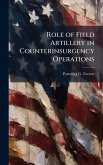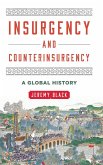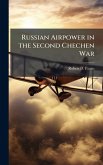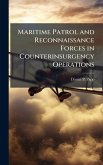The UK, now more than ever before, finds itself having to consider the realities of a Global War on Terror that must address non-state actors, asymmetric threats and Fourth-Generation Warfare. With asymmetric means being practiced by insurgents in the Middle East, this paper specifically focuses on the British airpower contribution to Irregular Warfare. In particular, it examines two British campaigns, Malaya and Aden, to try and identify relevant airpower lessons that are applicable to today's counterinsurgency operations. Moreover, it takes a look at the situation today in Iraq and offers ideas on how airpower can better support ground commanders and security forces, namely in the ISR and anti-IED arenas. The paper attempts to demonstrate that there is inadequate Irregular Warfare education for the operational-level warfighter, that there is a major lack of airpower doctrine, and greater emphasis should be placed on counterinsurgency operations given the current campaigns in Iraq and Afghanistan. Finally, the paper argues that airpower is far broader than just kinetics, and seeks to ascertain whether airpower must be reconfigured to adapt to COIN operations. This work has been selected by scholars as being culturally important, and is part of the knowledge base of civilization as we know it. This work was reproduced from the original artifact, and remains as true to the original work as possible. Therefore, you will see the original copyright references, library stamps (as most of these works have been housed in our most important libraries around the world), and other notations in the work. This work is in the public domain in the United States of America, and possibly other nations. Within the United States, you may freely copy and distribute this work, as no entity (individual or corporate) has a copyright on the body of the work. As a reproduction of a historical artifact, this work may contain missing or blurred pages, poor pictures, errant marks, etc. Scholars believe, and we concur, that this work is important enough to be preserved, reproduced, and made generally available to the public. We appreciate your support of the preservation process, and thank you for being an important part of keeping this knowledge alive and relevant.
Bitte wählen Sie Ihr Anliegen aus.
Rechnungen
Retourenschein anfordern
Bestellstatus
Storno








